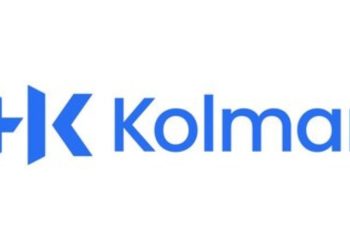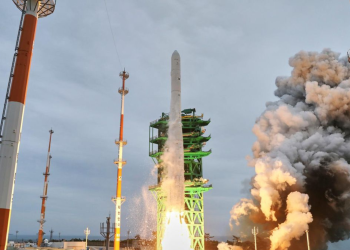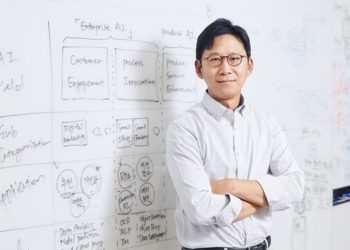The government is contemplating offering subsidies to semiconductor manufacturers in South Korea. Furthermore, the government has extended tax deductions for key national technologies such as high-bandwidth memory (HBM) and high-nickel cathode materials until next year.
Unlike the United States and Japan, which provide substantial subsidies to attract semiconductor investments, South Korea currently has a tax credit system for the semiconductor industry. This deliberation aims to enhance incentives to draw semiconductor manufacturers to the country.
These technologies, crucial for artificial intelligence (AI) servers, continue to receive support as governments compete to offer tax benefits and subsidies for high-tech industries globally.
The government has convened the Fifth National High-Tech Strategic Industry Committee meeting to discuss and approve comprehensive support measures for high-tech strategic industries.
Prime Minister Han Deok-soo emphasized the need to support high-tech industrial clusters, citing fierce competition globally and the strategic efforts of countries like the U.S. and Japan in providing subsidies for establishing production bases.
During the recent meeting, the government deliberated on a comprehensive support plan for specialized clusters in advanced strategic industries. Prime Minister Han Duck-soo spoke about the intensifying competition for investment subsidies among rival nations and emphasized expanding incentive systems for advanced investments.
The competition for subsidies among semiconductor companies, initially led by the United States, has now evolved into a competition at the state level. In response, the South Korean government is reassessing its subsidy measures. Recently, the U.S. government announced an $850 million subsidy for Intel.
A key aspect of the government’s high-tech industry support plan is the extension of the national strategic technology tax credit. This credit covers technology recognized for its strategic importance to national security and the economy, including next-generation memory semiconductor design and manufacturing technologies.
While the government plans to consider providing subsidies for investment in high-tech industries, a specific plan has yet to be devised. Despite the absence of subsidies, the government remains committed to fully supporting the development of infrastructure for high-tech industrial complexes.
A semiconductor industry official emphasized the consensus on the importance of tax credits and direct subsidies for semiconductor companies, highlighting the ongoing and substantial investments required by the industry. There is an explicit acknowledgment of the direct correlation between the semiconductor sector and economic security.
Regarding infrastructure development, the government plans to enhance state funding by increasing the ratio by up to 10 percentage points and removing the previous limit on the number of state-funded projects per complex.
Currently, the ratio of state funding to total infrastructure costs ranges from 5 to 30%, with intentions to raise it further by up to 10 percentage points. Customized support measures tailored to each specialized complex have also been prepared, ensuring specific needs are addressed effectively.
Also Read:
- Luxury Carmaker Ferrari Joins Forces with SK On for EV Battery Innovation
- Hyundai Motor Group’s $51 Billion Investment: Accelerating Electric Vehicle Innovation
- LG Group’s $74 Billion Investment Drive: A 5-Year Blueprint for Future Innovation
- Samsung Secures $752 Million Contract with Naver for Mach-1 AI Accelerator Chips
- KT’s Leap into Robotics: Collaborating with Daedong for Agricultural Technology Innovation





